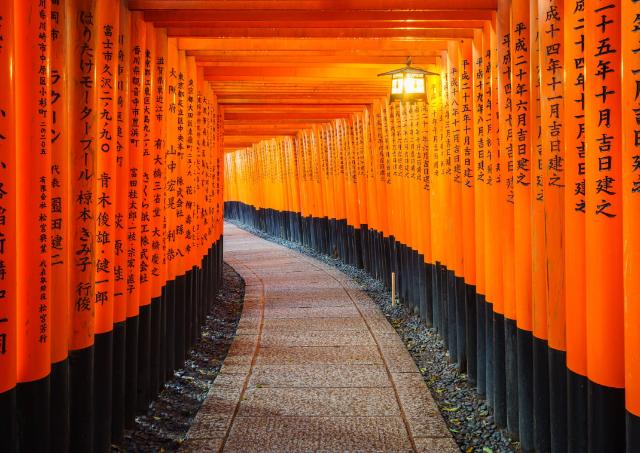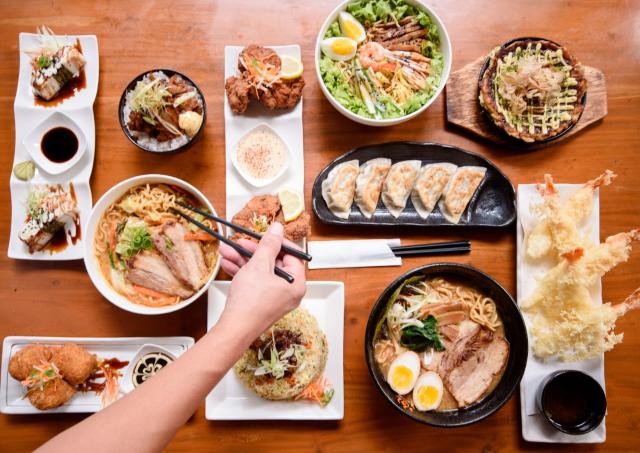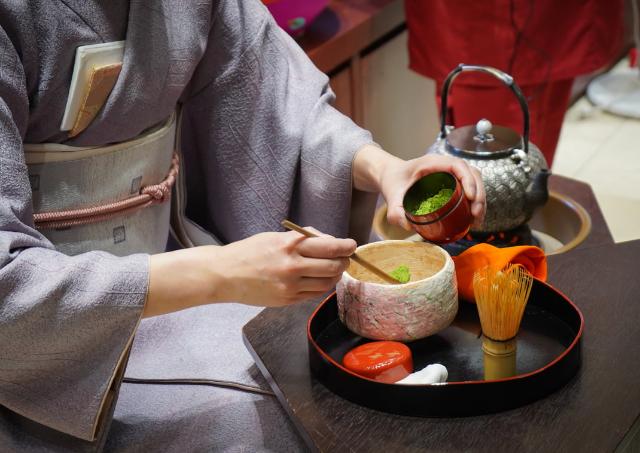Savouring Kobe Beef: Everything You Need to Know Before You Indulge
The fascination around Kobe beef is such that culinary mythology has been created around its production, such as Kobe cattle receiving daily massages, piped-in classical music soundtracks, and being fed a diet of beer and fresh grass. Part of this wonder comes from its relative scarcity; real Kobe beef could only be exported from Japan to the rest of the world since 2012 and, even within Japan, makes up less than 1% of domestic beef production.
What is Kobe Beef?
Kobe beef is produced from a breed of Japanese cattle known as Tajima, a domestic breed of cattle raised as work animals in Japan for over a thousand years, but never served as food. It wasn't until the late 19th century when an Englishman purchased a head of Tajima cattle for consumption and found it to be delicious. The governor of Hyogo Prefecture, of which Kobe is the capital, was Ito Hirofumi, a man who had studied in the UK and learned to enjoy the taste of beef. Ito helped promote Kobe beef to the rest of the nation, which was rapidly adapting to Western culture. A few years later, beef was served to Emperor Meiji, and Japan officially became a beef-eating country.
Real Kobe beef comes from cattle raised in Hyogo Prefecture, in rural areas around Kobe city. The cows are given the utmost care by their ranchers, fed on rice straw, barley, and other cereals, and drink the famously clean water of Mt Rokko springs. So, although they may not receive daily massages, the high quality of their feed contributes to the excellent flavor of a Kobe beef steak.
While Tajima beef was largely considered "Kobe beef" for nearly a century, it wasn't until 1983 that the Kobe Meat Distribution Council created specific quality criteria around what could be labeled as Kobe beef. From then on, Kobe beef became heavily promoted domestically and overseas, spreading its fame worldwide.
What's the Difference Between Kobe and Wagyu Beef?
Because Kobe beef is so rare, many restaurants unable to obtain it sell wagyu beef, implying they are one and the same. In truth, wagyu 和牛 is simply the Japanese word meaning "beef produced in Japan," so while all Kobe beef is wagyu beef, not all wagyu beef is Kobe beef.
Additionally, wagyu beef is graded on a letter-number scale, rising from C to A and 1 to 5, with A5 being the highest possible grade and ideal quality. The grade measures the percentage of the meat that is edible along with the quality of the marbling of intramuscular fat.
Even among authentic cuts of Kobe beef, there are different grades, although the lowest permissible grade of Kobe beef is B4, which is high on the grading scale. However, wagyu beef produced from other Japanese cows can score equally high or higher than Kobe beef, so this doesn't mean wagyu other than Kobe is inferior (more on this later).
How To Tell if You Are Eating Real Kobe Beef
It's unfortunate, but some unscrupulous restaurants (in Japan and around the world) may try to deceive customers into thinking they are being served true Kobe beef when they are actually getting some other type of wagyu beef. Claiming "Wagyu beef from Kobe" is one example of this deception because only the term "Kobe beef" is protected by the brand guidelines. In rare cases, some restaurants may blatantly lie and say they are serving Kobe beef.
However, because of the guidelines established for the Kobe beef brand, it is now fairly easy to tell if you are at a restaurant serving authentic Kobe beef. Wholesalers and restaurants serving real Kobe beef receive a bronze statue and official certificate, which should be prominently displayed in their place of business. The Kobe Beef Marketing and Distribution Promotion Association also maintains an official database (in Japanese) of affiliated restaurants and wholesalers. You might be surprised to learn that Tokyo's popular Shinjuku area only has four official Kobe beef restaurants while the Ginza and Tokyo Station area have almost twenty!
Is Kobe Beef the Best Beef in Japan?
Having established that Kobe beef is only one of many types of Japan-produced wagyu beef, the burning question remains: is Kobe beef the best Japanese beef? Officially, Kobe beef is a member of the "Sandai Wagyu" 三大和牛, the Three Great Beefs of Japan, along with Matsusaka and Omi. Interestingly, each of these types of beef traces its original lineage back to the Tajima strain. However, several other highly regarded types of wagyu cattle do not. Beef from the northern prefecture of Iwate comes from the rare Iwate shorthorn, and Miyazaki beef, another domestic favorite, from a different strain of Japanese black cattle.
The definition of the best beef is a highly subjective one. If you value excellent fat marbling and fine meat texture, the Sandai Wagyu are difficult to beat, but your wallet will be much lighter for the delicate meat of these rare types of beef. If flavour is most important to you, a Hida beef sirloin from Gifu Prefecture tastes incredible with an excellent firmness, as is Kumamoto Akaushi beef, which is often served as roast beef, and the prices are much more affordable.
But remember, the price of wagyu, whether it be Kobe beef or any other type, is largely determined by its grade. The ideal quality A5 grade beef is going to be expensive no matter what the origin of the beef is, and lower quality cuts will be cheaper, but not necessarily less delicious. So, for beef on a budget, you can consider targeting a lower-grade beef or even a Wagyu burger, where the grade doesn't really matter.
Authentic Kobe Beef Restaurants in Japan
As previously mentioned, the Kobe Beef Marketing and Distribution Promotion Association maintains a database of restaurants authorized to sell Kobe beef. While it is best to check the list before committing to a restaurant, one of the easiest ways to try a meal of real Kobe steak is to visit the association's own restaurant in Kobe, the Kobe Beef Gallery (location).
This shop is a combination of a museum and small restaurant where a chef prepares cuts of meat grilled teppanyaki style while customers sit at the counter and enjoy the display of talent. The Kobe Beef Gallery is walking distance from Shin-Kobe Station, so visitors who want a quick steak meal as they pass through Kobe can easily hop on and off the bullet train here.




